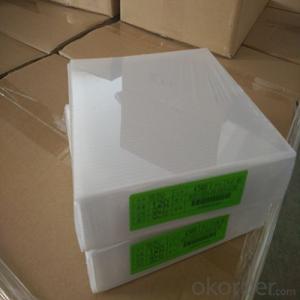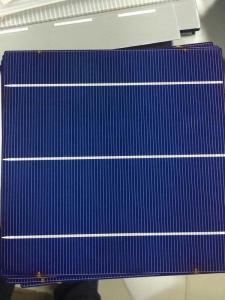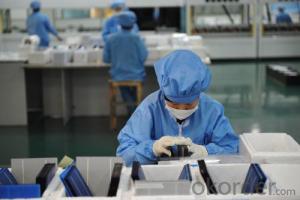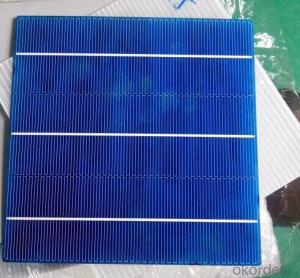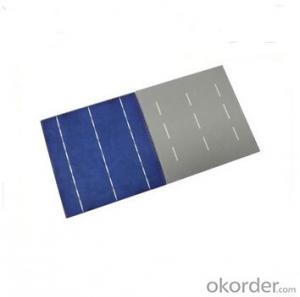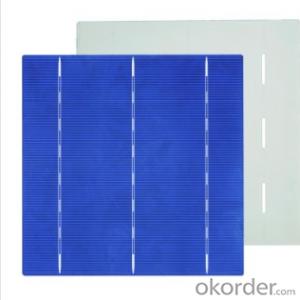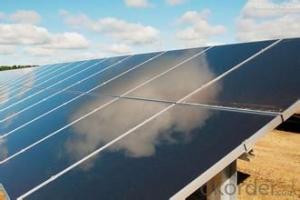Heliatek Organic Solar Cells
Heliatek Organic Solar Cells Related Searches
Except For Solar Cells Weegy Problems With Solar Cells High Power Solar Cells Light Trapping In Solar Cells High Performance Solar Cells High Output Solar Cells High Wattage Solar Cells Energy Transfer In Solar Cells High Efficiency Hvac Systems Recombination In Solar CellsHot Searches
Cheap Solar Cells For Sale Flexible Solar Cells For Sale Q Cells Solar Panels For Sale Printed Solar Cells For Sale Bulk Solar Cells For Sale 6x6 Solar Cells For Sale Broken Solar Cells For Sale Cpv Solar Cells For Sale Photoelectric Cells For Sale Price Of Silicon Solar Cells Price Of Solar Cells Over Time Buy Solar Cells From China Cheap Solar Cells China Best Type Of Solar Cells Flexible Solar Cells Price Q Cells Solar Panels Price 3 Types Of Solar Cells Production Of Solar Cells Common Types Of Solar Cells Q Cells Solar Panel PricesHeliatek Organic Solar Cells Supplier & Manufacturer from China
Okorder.com is a professional Heliatek Organic Solar Cells supplier & manufacturer, offers integrated one-stop services including real-time quoting and online cargo tracking. We are funded by CNBM Group, a Fortune 500 enterprise and the largest Heliatek Organic Solar Cells firm in China.Hot Products
FAQ
- What can be used as the materials for solar cells?
- As far as I know, silicon is used as the material for solar cells.
- Yes, solar cells can be used for portable devices. Advances in technology have made it possible to miniaturize solar cells, making them suitable for powering various portable devices such as smartphones, tablets, and even wearable electronics. These devices can be charged directly from sunlight or through the use of portable solar panels, offering a sustainable and renewable source of power on the go.
- Which Solar Panel Type is best? Polycrystalline panel or PV Module Monocrystalline Solar cell panel, or thin film?
- Monocrystalline solar panels live the longest. Most solar panel manufacturers put a 25-year warranty on their monocrystalline solar panels.
- Tracking systems play a crucial role in maximizing solar cell efficiency by continuously adjusting the position of solar panels to optimize their exposure to sunlight. These systems enable solar panels to track and follow the sun's path throughout the day, ensuring that they are always facing directly towards the sun. By doing so, tracking systems can enhance the amount of sunlight captured by solar cells, resulting in increased energy production and overall efficiency.
- The role of anti-reflective coatings in solar cells is to minimize the reflection of sunlight off the surface of the solar cell, allowing more light to be absorbed and converted into electricity. This improves the overall efficiency and performance of the solar cell.
- Yes, solar cells have the ability to power an entire house. With advancements in technology, larger and more efficient solar panels are being developed, which can generate enough electricity to meet the energy needs of a typical household. However, the capacity of solar cells to power an entire house also depends on factors such as the size of the house, the number of solar panels installed, the amount of sunlight available in the area, and the energy consumption habits of the residents.
- Solar cells performance can be significantly affected in areas with high levels of wildfire smoke. The smoke particles in the air reduce the amount of sunlight reaching the solar panels, thereby reducing their efficiency and power output. The smoke can also settle on the surface of the panels, creating a layer of dirt and debris that further hampers their performance. Regular cleaning and maintenance of solar panels are crucial in such areas to ensure optimal functioning.
- Solar cells play a crucial role in powering emergency response systems by providing a reliable and sustainable source of energy. During emergencies, when the traditional power grid may be disrupted or unavailable, solar cells can generate electricity from sunlight, ensuring continuous operation of critical systems such as communication devices, lighting, and medical equipment. This renewable energy source helps emergency responders effectively carry out their duties, enabling them to provide aid, maintain connectivity, and save lives in challenging situations.






















